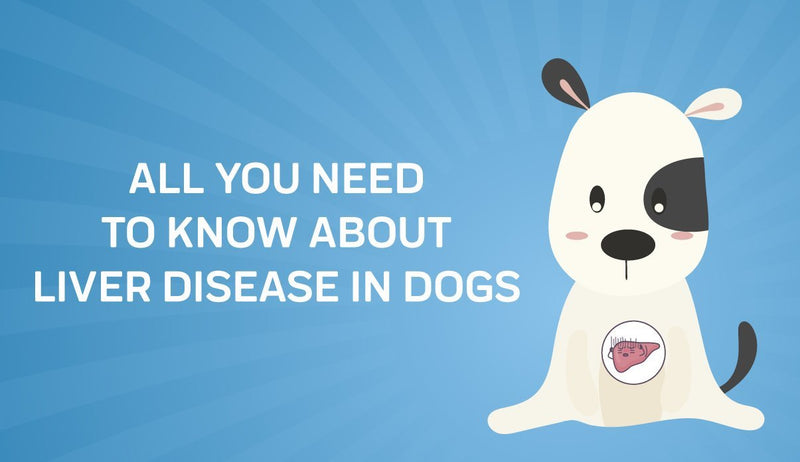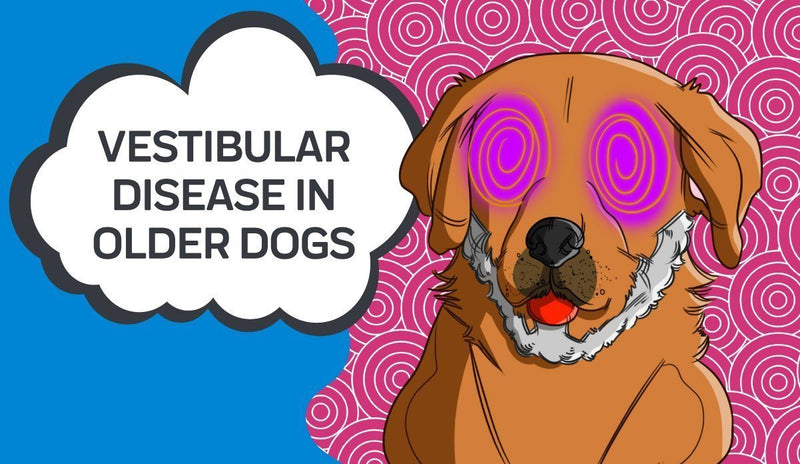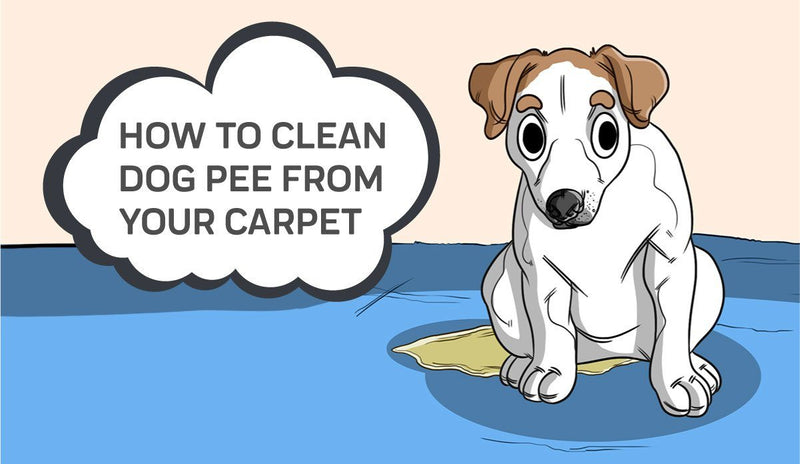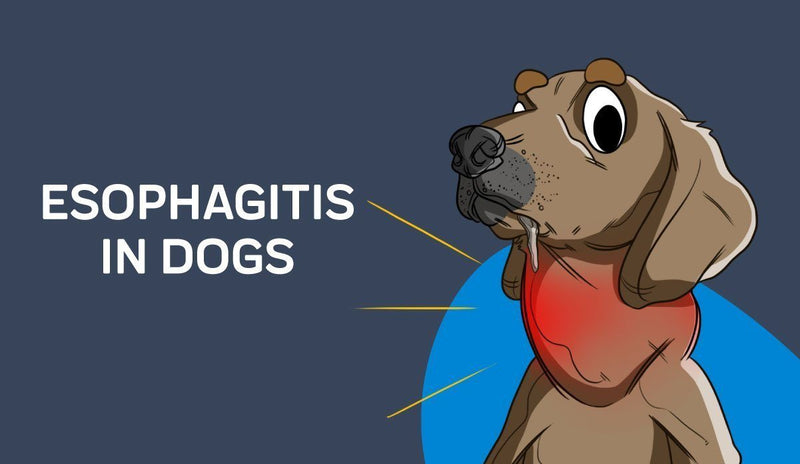 As a doting cat parent, at one point or another, you have probably cleaned out a bit of "cat eye gunk" from your cat's eyes. Like humans, felines may suffer cat eye discharge which affects them in a variety of ways. Usually, an occasional small bit of kitten eye discharge is not something to fret about. But if the cat eye crust is chronic or long-lasting it may be a symptom of infection or disease that you will have to address in a timely way. In this post, we will go over the reasons for your feline's eye discharge, what it might possibly mean, and what you should do next. Let us begin!
As a doting cat parent, at one point or another, you have probably cleaned out a bit of "cat eye gunk" from your cat's eyes. Like humans, felines may suffer cat eye discharge which affects them in a variety of ways. Usually, an occasional small bit of kitten eye discharge is not something to fret about. But if the cat eye crust is chronic or long-lasting it may be a symptom of infection or disease that you will have to address in a timely way. In this post, we will go over the reasons for your feline's eye discharge, what it might possibly mean, and what you should do next. Let us begin!
TABLE OF CONTENTS
1. Cat Eye Discharge: What is it?
2. Eye Discharge Symptoms in Felines
3. Cat Eye Discharge Causes
4. Eye Infections in Cats
5. Cat Allergies
6. When Should You Visit A Vet?
7. Diagnosing Cat Eye Discharge
8. Cat Eye Discharge Treatment
9. Cat Eye Discharge Prevention
10. Cat Eye Discharge: The Bottom Line
Cat Eye Discharge: What is it?
Usually, cat eye leakage isn’t a disease in and of itself yet instead a symptom of an underlying condition. Most diseases that have eye discharge as their symptom may progress to cause systemic infection and/or blindness. So, if the discharge from the cat's eye is chronic, specialists suggest that a vet takes a more thorough look at precisely what’s causing the excessive moisture.
Plainly speaking, cat eye boogers originate from the tears the body consistently produces all throughout the day. Typically, the tears drain at the edge of the eye without spilling over. But, as something irritates the eyes, the body generates more tears. It’ll result in eye discharge that’s more pronounced than normal.
Furthermore, as cat eye mucus might not have a negative impact on most humans, it may cause your pet a good deal of pain. From itchy sensations to scratching to overall eye discomfort, if your pet is suffering chronic eye discharge you will want to get to the bottom of the problem.
Eye Discharge Symptoms in Felines

The physical eye discharge symptoms in felines can be compared to the symptoms you might suffer yourself. Feline eye discharge may vary in how frequently it occurs, its consistency, as well as how badly it’ll irritate your cat.
Watery Discharge
Firstly, you will probably see a watery discharge that surrounds the eyes of your cat. If you feel around his or her fur that surrounds the eyes, you will have the ability to feel the moisture. The wetness will range from being thin to thick in its consistency.
Eye Mucus/Eye Boogers
In addition, you might see sticky clumps that surround the eyes of your cat. Most pet parents call them eye boogers. Typically, the substance possesses a mucus-like, thick consistency yet the quantity of discharge often will vary based upon the severity of the illness or infection your pet has.
Crusty Eyes
You also will typically see crust formations that surround the cat's eyes. It’s a sign of dried eye discharge. A small bit of occasional crust is normal.
Squinty, Swollen, Red Eyes
Oftentimes, watery eyes are accompanied by physical symptoms like being swollen and red in appearance. It’s a clear indication of some type of ailment or infection and isn’t normal.
Cat Eye Discharge Causes
 While periodic eye discharge usually isn’t something to be concerned with, chronic discharge is. Cat-eye discharge in and of itself isn’t a disease yet instead a symptom of a condition that might require professional treatment. Many of the diseases we’re about to talk about may result in blindness.
While periodic eye discharge usually isn’t something to be concerned with, chronic discharge is. Cat-eye discharge in and of itself isn’t a disease yet instead a symptom of a condition that might require professional treatment. Many of the diseases we’re about to talk about may result in blindness.
Upper Respiratory Infections in Cats
That includes viruses like:
- Protozoa
- Bacteria
- Rhinotracheitis (herpesvirus)
- Pneumonia
- Contagious respiratory disease
- Feline calicivirus
You might not think your feline is experiencing an upper respiratory infection because symptoms may begin extremely mild and exist this way for a long time period before they rapidly worsen and become very serious. Eye discharge related to an upper respiratory infection often is sticky and looks like pus. Upper respiratory infections also will have symptoms like sneezing and nasal discharge.
Pink Eye (Conjunctivitis)
As you trace most ailments back to their core, you will see that they oftentimes have one thing in common: inflammation. Pink eye, also known as conjunctivitis, is a consequence of inflammation of the light pink lining that surrounds the eye. Cat conjunctivitis causes your pet’s eye to look red and swollen. The cat commonly will be sensitive to light and have thick, teary, or clear mucus eye discharge that surrounds the affected eye(s). Most conjunctivitis cases may be taken care of in a timely manner without any permanent eye damage. But, in some instances in which conjunctivitis is accompanied by fever, diarrhea, and trouble breathing may result in cat infectious peritonitis-- which is deadly.
Corneal Disorders
One other reason for eye discharge in cats is because of a corneal disorder. The cornea involves the rounded surface covering and helping to protect the front of an eye. The cornea, unfortunately, may become ulcerated, inflamed, or injured more easily than you might think. In turn, the body automatically generates more tears which may cause excessive cloudiness, blinking, irritation, and inflammation, as well as eye discharge.
Eye Infections in Cats
Eye issues linked to an infectious agent like a virus or bacteria are pretty typical in felines. Eye infections also can be very contagious and pass from one cat to another rapidly. So, if you think your pet has an eye infection, correct treatment in a timely manner is critical.
In kittens and younger cats, Mycoplasma and Chlamydia are the two bacteria that are most oftentimes responsible for infections. Typically, the viral culprit is cat herpesvirus type 1. Usually, young cats possess weaker immune systems and their bodies aren’t yet able to fight the virus or bacteria off, thereby causing an infection. Furthermore, young felines exposed to environments that have high populations of additional cats also are at a greater infection risk.
Within older cats residing in controlled environments, an infection might be considered a secondary sickness to an already present condition. Eye trauma, autoimmune disease, cancer, as well as systemic viral infections such as FIV (feline immunodeficiency virus) and FeLV (feline leukemia) might exist and cause the development of an infection.
Tearing, Watery Eyes (Epiphora)
The word epiphora can be defined as excessive eye watering. You might hear your veterinarian call your pet's eye discharge as such, but, it’s vital to know what precisely is causing the cat eyes weeping and excess moisture. Watery, tearing eyes also can be a result of conditions such as:
Blocked Tear Ducts
Oftentimes because of an upper respiratory infection, a blocked tear duct often can produce is an excessive quantity of discharge as the body naturally tries to clear the blockage.
Tear Overproduction
Oftentimes resulting from infection or injury. Again, the body naturally is attempting to rid the eye of any infectious agent or foreign object.
Cat Allergies

As with humans, cats also can suffer from cat eye allergies which oftentimes result in symptoms such as a runny nose, tearing eyes, and respiratory system irritation. Allergic reactions may arise from multiple sources, which include medication, pet food, household plants, environmental allergens, and chemicals such as pesticides and herbicides. If your pet experiences allergies, they also may have symptoms such as diarrhea and vomiting.
Dry Eye (Keratoconjunctivitis Sicca)
While epiphora is a tear overproduction, keratoconjunctivitis sicca is a tear underproduction. If the eye(s) experience long-lasting, chronic dryness the result is pretty much always cornea inflammation, redness, and significant pain and irritation. If left neglected, keratoconjunctivitis sicca may cause blindness. Cats that experience chronic dry eyes often will have sticky, yellow discharge. Eye drops, additional meds, and occasionally surgery are needed to assist in stimulating the production of tears and repair tear film. It’s an eye condition that shouldn’t be ignored as it may have irreversible, horrific side effects.
Uveitis
Uveitis is uvea inflammation or the eye’s internal structures. Numerous conditions may result in the inflammation, which includes different eye cancers, physical trauma, immune system problems, and various infections. Feline uveitis is a painful and common ocular disease that requires vet treatment. If left neglected, eye disease may cause blindness.
Foreign Object Inside the Eye
One other reason for eye discharge in cats is that there’s a foreign object inside the eye. It’ll oftentimes result in the body naturally generating an excess of tears, trying to remove whatever is leading to the irritation. In most cases, excessive tearing production is successful in removing the foreign body. But, in some instances in which the object is lodged inside the eye, a vet must step in. If your pet likes to play outside or is especially curious and is all of a sudden, experiencing problems with the eyes, you might want to carefully consider the probability that there’s a foreign object lodged inside the eye.
Injury to the Eyes
Also, outdoor pets, and pets with a love for exploring, are at a greater risk of hurting their eyes. The eye may be fragile and not able to deal with harmful branches or claws of an additional animal. If your cat is an outdoor cat, it’s vital to note their eye health. Specific eye injuries may worsen and cause infection if left neglected or if the injury is extremely severe.
Breed Predisposition
Lastly, specific breeds are at a greater risk of developing eye issues and thereby, eye discharge because of the shape of their facial area. Breeds like Himalayans, Persians, and additional brachycephalic feline breeds are more susceptible to eye leakage. As it’ll come to those breeds it’s vital that you know your cat's "normal." It’ll ensure that you have the ability to recognize when something is not normal and take action.
When Should You Visit a Vet?
We want to emphasize that while some eye discharge will occasionally occur, no amount of excess discharge ought to be considered normal, no matter what consistency or color. But there are specific cases in which a visit to your vet is critical.
If you see green or yellow discharge, book an appointment immediately because it’s a telling infection symptom. Also, if there’s sufficient discharge to wipe out one to two times per day, we strongly suggest seeing your vet. Lastly, if the eyes are swollen and red or if your pet is rubbing their eyes excessively, book an appointment. The treatment might be as easy as administering some eye drops.
Diagnosing Cat Eye Discharge
At the veterinarian, you ought to expect a sequence of tests. In the first exam, it’s essential to give the vet as many details as you can so they can make an accurate diagnosis. The vet will probably conduct a full physical examination, check the cat's temperature, and might ask for a blood test that rules out specific diseases. Those tests also will assist in determining if your pet is experiencing seasonal allergies or if there’s possibly an infection somewhere else inside the body.
Cat Eye Discharge Treatment
The right cat eye discharge treatment varies based upon what’s exactly causing the symptom. Before getting into specifics we will remind our readers to never reuse eye meds from a prior ailment, even if you think the cat is experiencing a repeat problem. It’s possible to inadvertently cause a significant bit of damage by utilizing the incorrect eye medicine for your cat's existing eye issue.
Conjunctivitis Treatments in Cats
Treating cat conjunctivitis varies based upon what caused it to develop in the first place. Conjunctivitis that is caused by weeds, pollen, dust, and additional environmental irritants typically is treated using a steroid ointment. As far as feline conjunctivitis that is caused by a bacterial infection is concerned, antibiotic ointments generally are prescribed.
Upper Respiratory Infection Treatment
Feline upper respiratory infection treatment varies based upon the infection’s severity, which caused it to develop in the first place, and which symptoms are present. Veterinarians typically prescribe certain eye antibiotics, medications, decongestants, and fluids to alleviate the symptoms, as well as cure the infection.
Corneal Disorder Treatment
Corneal disorder treatment often will depend upon the condition’s severity. Also, treatment varies based upon the specific aspect that’s causing the inflammation. One important way to take care of a corneal disorder is to ensure that the eye is always kept clean. Other options for treatment oftentimes include antibiotic eye drops or antibiotic eye ointment, and eye drops that promote healing. In some instances, cauterization, removing loose corneal tissue, or an operation is needed to alleviate the inflammation, as well as prevent more damage.
Treating Tearing, Watery Eyes
If your pet has blocked tear ducts, a treatment done under general anesthetics might be needed. This procedure allows the vet to flush the blockage out. If the infection is present, your vet likely will prescribe antibiotic drops.
Uveitis Treatment
A suitable plan of treatment for uveitis may be challenging as it ought to be based upon what’s causing the inflammation. But the culprit may be hard and sometimes impossible to pinpoint. To relieve irritation and pain, vets oftentimes suggest eye drops or ointment.
Cat Eye Infection Treatment
Viral and bacterial infections have the possibility of causing more damage, not limited to the eye. For example, secondary bacterial infections may cause pneumonia and other serious problems. It’s important that any cat that has an eye infection is tested, correctly diagnosed, and treated by a vet. Treatment oftentimes includes supportive care, medicine for symptom control, and antibiotics.
Treating Dry Eyes
While the primary focus of the article is on the overproduction of tears, situations that cause dry eye may be equally serious and are essential to be aware of. Oftentimes, treating chronic dry eye involves eye ointments or drops, artificial tears, antibiotics, or immune-suppressing drugs. A chronic loss of tear production may cause blindness and ought to be taken extremely seriously.
Cat Eye Discharge Prevention
Luckily there are some ways pet parents may prevent eye disorder development and thereby prevent eye discharge. The discharge is just a symptom, you will want to concentrate on the prevention of the disease causing it.
Firstly, try your best to avoid environments overcrowded with cats. An eye infection is easily transmitted. The more cats that are around, the greater the risk. Then, it’s crucial to keep the area that surrounds the eyes clean. Do not allow discharge to build up. Cat parents may use a damp cotton ball to delicately wipe away the excess fluid and keep their cat's eyes clear and bright. Make certain that you use a separate, clean cotton swab for each one, especially if you feel that there’s an infection.
Lastly, remain alert. Previously aforementioned, it’s important to know your pet’s physical state and "normal" behavior.
Cat Eye Discharge: The Bottom Line
You just want the best for your pet, at the end of the day, we know that. Cat eye discharge may be simple to brush off as being no huge deal. But we hope this post proves that excess discharge may be a telltale sign that something might be extremely wrong. Trust your instincts. If something seems off with your kitty, book an appointment with the vet. Your pet's eyes are a very crucial aspect of their life and something no pet owner should overlook.
For more information contact Innovet Pet Products today!
Sources:
Eye Discharge in CatsConjunctivitis
Eye Discharge (Epiphora) in Cats


















thank you for your information, most helpful.